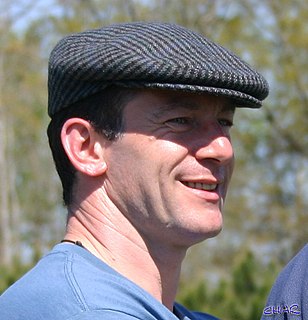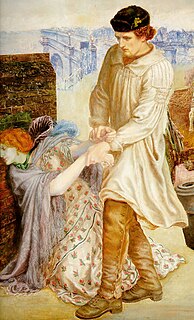 W
WThe wearing of academic scarves is a tradition found at many colleges and universities in English-speaking countries, and particularly in the United Kingdom and Ireland. Sets of two or more coloured stripes have traditionally been used as part of the distinctive visual identity of these institutions. The scarves are usually made of Saxony wool and traditionally 6 feet long.
 W
WThe Ascot cap, also known as the Cuffley cap or Lippincott cap, is a men's hard cap similar to the flat cap, but distinguished by its hardness and rounded shape. Ascot caps are typically made from felt or wool and worn in the fall or winter, but straw Ascots also exist for warmer weather.
 W
WThe bowler hat, also known as a billycock, bob hat, bombín (Spanish) or derby, is a hard felt hat with a rounded crown, originally created by the London hat-makers Thomas and William Bowler in 1849. It has traditionally been worn with semi-formal and informal attire. The bowler, a protective and durable hat style, was popular with the British, Irish, and American working classes during the second half of the 19th century, and later with the middle and upper classes in the United Kingdom, Ireland, and the east coast United States.
 W
WCrew Clothing is a British clothing retailer that specialises in casual wear, shoes and accessories for men and women, selling through stores and by mail order. The company describes its clothes as being British-inspired and influenced by British casual wear, sporting and yachting traditions.
 W
WA deerstalker is a type of cap that is typically worn in rural areas, often for hunting, especially deer stalking. Because of the cap's popular association with Sherlock Holmes, it has become stereotypical headgear for a detective, especially in comical drawings or cartoons along with farcical plays and films.
 W
WA flat cap is a rounded cap with a small stiff brim in front, originating in the British Isles. The hat is known in Ireland simply as a cap, in Scotland as a bunnet, in Wales as a Dai cap, in New Zealand as a cheese-cutter, and in the United States as a golf cap. Cloths used to make the cap include wool, tweed, and cotton. Less common materials may include leather, linen, or corduroy. The inside of the cap is commonly lined for comfort and warmth.
 W
WFustian is a variety of heavy cloth woven from cotton, chiefly prepared for menswear. It is also used figuratively to refer to pompous, inflated or pretentious writing or speech, from at least the time of Shakespeare. This literary use is because the cloth type was often used as padding, hence, the purposeless words are fustian.
 W
WA guernsey, or gansey, is a seaman's knitted woollen sweater, similar to a jersey, which originated in the Channel Island of the same name, sometimes known as a knit-frock in Cornwall, especially Polperro.
 W
WJoules is a British clothing company which sells clothing and homeware products inspired by British country lifestyles. Its founder Tom Joule described its business model in 2011 as creating clothing with "colour and fun and entertainment".
Lewis Leathers is a brand name of the oldest British motorcycle clothing company. D. Lewis Ltd, manufacturer of leather jackets which was established in the late 19th century.
 W
WA smock-frock or smock is an outer garment traditionally worn by rural workers, especially shepherds and waggoners, in parts of England and Wales throughout the 18th century. Today, the word smock refers to a loose overgarment worn to protect one's clothing, for instance by a painter.
 W
WWinklepickers, or winkle pickers, are a style of shoe or boot worn from the 1950s onward by British rock and roll fans. The feature that gives both the boot and shoe their name is the very sharp and long pointed toe, reminiscent of medieval footwear and approximately the same as the long pointed toes on some women's high-fashion shoes and boots in the 2000s.